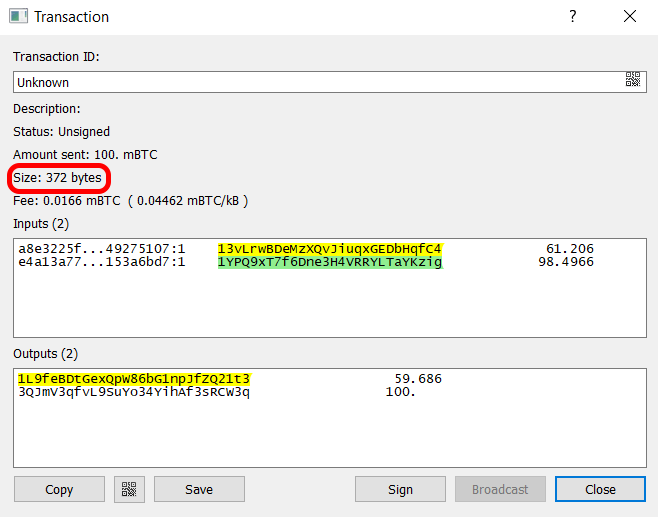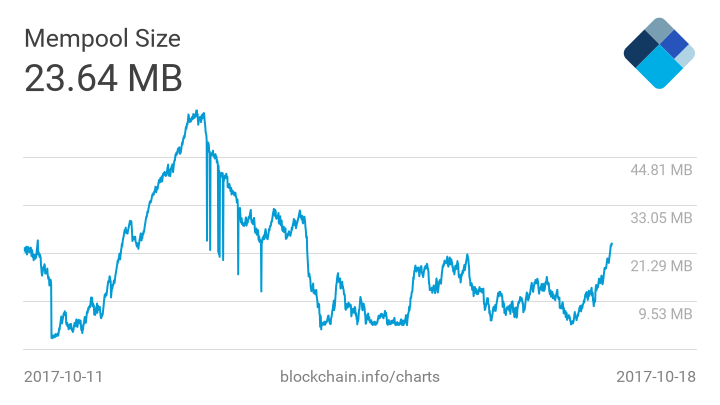- Get link
- X
- Other Apps

The other day, we casually frightened you with the size of the commission for transactions in the Bitcoin network, so today, together with the 2bitcoins website, we decided to talk about why things are not so scary in some places, but also explain on the fingers how these cryptocurrency money transfers are made.
When we use a mobile banking application or its web version, we think little about what happens there inside. We simply take and perform various operations with money: we receive transfers, pay for utilities, transfer money to cards of other users - all this happens in two or three clicks or clicking on the screen and it is very simple and clear. How is everything with cryptocurrency wallets and transfers? Yes, about the same. With a few exceptions.
For a start, a few numbers: 1 BTC = 1000 mBTC or 100,000,000 Satoshi mBTC. Satoshi is the minimal unit of Bitcoin, so named after Satoshi Nakamoto who invented this cryptocurrency. This information may be useful in the future, but for now let's look at your Bitcoin wallet.
Everything is also quite simple and understandable, so you’ve probably already prepared to send the author of the article modest gesheft in Bitcoins for his work: they drove his wallet in the Pay to column, indicated the amount of the transfer, confirmed their intentions with a password ... But wait! What is this runner in the "Fee" column? This is the fee you pay for the transfer. And yes, the amount of the commission can be varied, exposing its value at its discretion. Why is this necessary? .. (For now, you can simply click “Ok” so that the transaction with the gesheft has already passed.) Now let's understand.
To begin with, it would be nice to understand what this transaction is and what happens to the amount sent to the recipient. Each transaction is a program code that is automatically generated taking into account where the bitcoins came from and where they were sent. If there are several recipients, the length and weight of the code increases.
Each address from which funds are received is approximately 148 bytes. Each address to which funds are spent is approximately 34 bytes. Each transaction in itself takes about 10 more bytes. Its weight does not depend on the number of participants in the translation.
In the screenshot with the Electrum wallet you can see two incoming addresses (Inputs) and 2 outgoing addresses (Outputs).

148 × 2 + 34 × 2 + 10 = 374 bytes (Electrum shows 372 bytes) - this transaction weighs so much. And it is for the weight of this transaction in bytes that we pay, rather than listing the percentages of the transfer amount. After the transaction is confirmed, it is sent to the Bitcoin network and enters the transaction queue, which is called mempool, which can be compared with the pipette — through it, transactions fall into blocks, from which the entire network is built.
The queue size varies, and not all transactions immediately fall into the block. Priority is given to those who set a larger commission - in some cases this affects the speed of the transaction. Therefore, if you decide to please a person as soon as possible with your transfer, sometimes it is worth thinking about how to increase the commission amount. If both participants of the operation are not in a hurry, the slider can be set to a minimum - sooner or later the payment will still pass.
Before making a transfer, it is advisable to look at the size of the memory.

If it is almost empty, even transactions with a very small commission will pass fairly quickly, but it is often the other way around, therefore it is important to estimate more precisely what amount it is desirable to “charge” for your transfer. To perform complex calculations, you can visit some specialized website, which itself will tell you the optimal amount of commission, but nothing prevents you from counting everything yourself and soberly assess the situation.
Imagine that we face a queue of 10,000 transactions, but only 2500 of them can pass in the next block. At the same time, 9000 transactions cost 1 Satoshi / byte commission. Therefore, if you are a millionaire or like to waste money, then put a commission of at least 10 Satoshi / byte, please. But keep in mind that even with a commission of 2 Satoshi / bytes set by you, your transaction will be in the first block.
In a situation with cryptocurrency exchanges, the situation is somewhat different - there users cannot set the commission amount themselves, and he is already predetermined by the owners of the exchange who can change it at their discretion.
Who will end up with all this transfer fee? Miner, who will receive it along with the reward for the next extracted block.
Come in our Let's chat.
The article is based on materials .
- Get link
- X
- Other Apps
Comments
Post a Comment